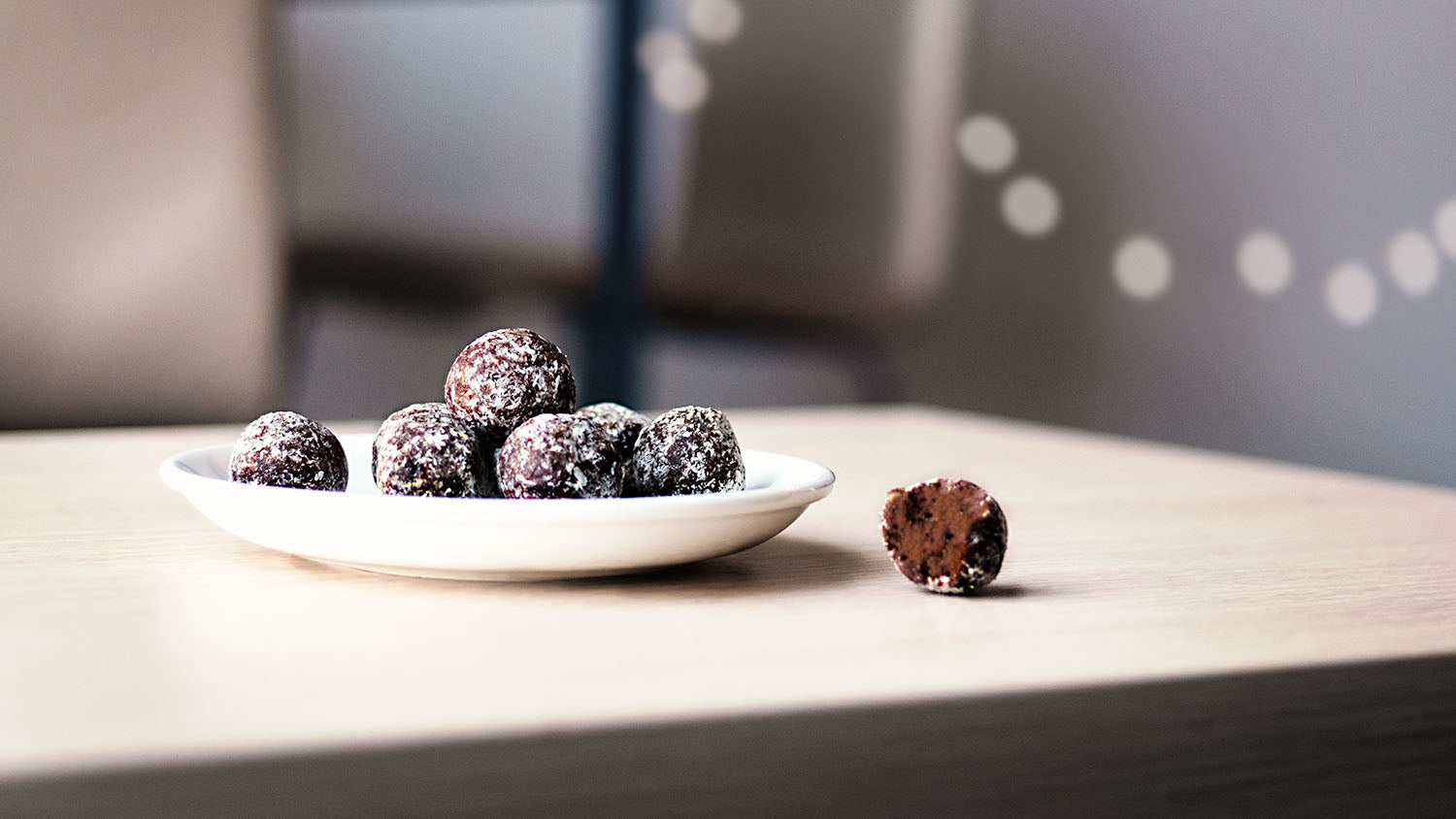The concept of consuming enough ‘roughage’ has been around long enough that you’ve probably heard your grandparents endorsing it, while trying to feed you some suspiciously solid-looking bread or a bowl of oats. What Grandma was talking about is dietary fibre, and as with most things, Grandma was right.
What is Dietary Fibre?
‘Dietary Fibre’ refers generically to the fibre that is in all plant foods. Most dietary fibre is categorized as carbohydrate, although some are lignans. A feature of dietary fibre is that it resists digestion in the small intestine but may be partly or completely fermented in the colon (large intestine) by the gut microbiome.
The most recent NZ Nutrition Survey showed that New Zealanders get most of their fibre from bread (17%), veges (16%), potatoes, kumara, taro and fruit (16% each), however, average intakes were around 10 grams lower than the recommended 25 grams a day for women and 30 grams a day for men, definitely room for improvement! Dietary fibre has traditionally been categorised as soluble or insoluble, however nutritionists have lately preferred the more functionally descriptive terms fermentable and/or viscous. Fermentable fibres are, as you’d expect, fermented by the gut bacteria, whereas viscous fibres absorb water and thicken, increasing intestinal transit time. Recently resistant starch has been included in definitions as a functional fibre.
What does Dietary Fibre do?
- Helps you move your bowels. It is this effect that accounts for the protective action of fibre against conditions such as hiatus hernia, diverticulitis and haemorrhoids.
- Helps reduce blood cholesterol levels and regulate blood sugar, thereby reducing the risk of cardiovascular disease and diabetes
- Reduces the risk of gastric and bowel cancer
- May help regulate body weight by reducing the energy density of your meals and helping you feel full for longer
- Promotes good intestinal function. A healthy intestine with balanced microbiome means you absorb nutrients and suffer few issues such as bloating, excessive gas or pain. Healthy insides also helps keep your immunity up to par.
- When fermented, fibres such as β-glucan from oats and and pectins from apples produce short-chain fatty acids which help balance the pH of the colon, inhibit the growth of pathogenic bacteria and provide energy to the intestinal cells.
An emerging area of research around dietary fibre is as prebiotics, that is, the impact they have on the gut microbiota. Dietary fibre is a major fermentation substrate for gut bacteria and the type of quantity of fibre you consume has a speedy impact on the richness and diversity of the microbiome, thereby also impacting its function in areas as diverse as digestion, immunity, inflammation, nutritional status and mood. Research into the role of specific fibres on the microbiome has also been used by researchers to develop products such as Livaux™, which is in Puraz Probiotic+, and you’ll find an article dedicated to that functional ingredient here.
How to get enough Dietary Fibre
So what can you do to ensure an adequate fibre intake, nurture your microbiome and keep Grandma happy? Eat plant foods, with the fibre intact. Whole grains, legumes, vegetables, fruit, nuts and seeds. Your microbiome likes variety so aim to consume 30 different types of whole plant foods every week, and if taking a fibre supplement remember to increase your fluid intake. With a bit of effort it’s not too hard to get the fibre you need to live life with a happy tummy.








